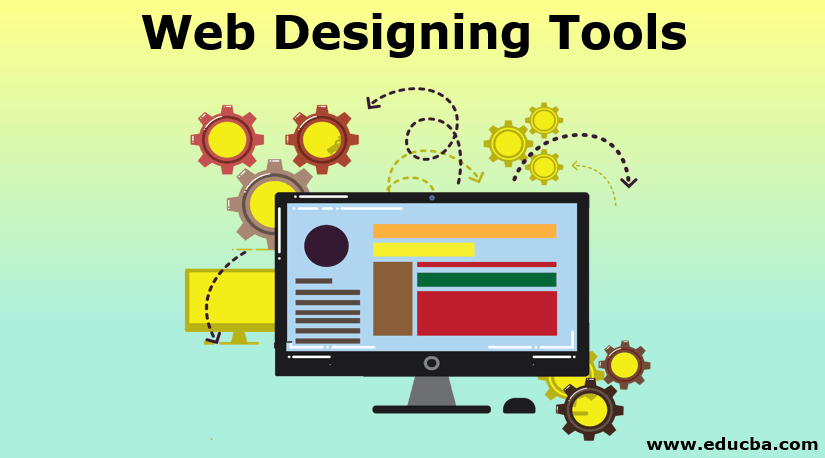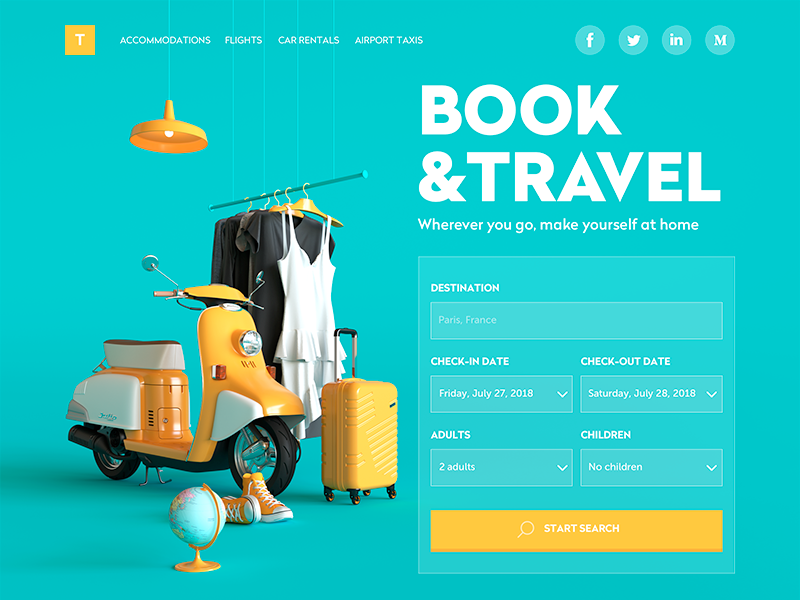Customized Aligned Position Web Design: Unique Web Designs That Reflect Your Brand’s Identity
The Ideal Types of Website Design to Boost Customer Experience and Involvement
In the ever-evolving landscape of electronic communication, the performance of Web layout significantly impacts user experience and interaction. Different style techniques, such as minimal, receptive, and interactive designs, each deal special benefits that can provide to varied customer requirements.
Minimal Website Design
As digital landscapes end up being progressively chaotic, minimal Web style has actually become an effective strategy to enhancing customer experience. This layout approach prioritizes simplicity, concentrating on essential aspects while eliminating unneeded interruptions. By using ample white room, straightforward navigating, and a limited color scheme, minimal design fosters quality and guides individual attention to vital material.
The core principle of minimal Web style is to create a smooth interaction for customers. By lowering cognitive tons, users can promptly understand information without really feeling overwhelmed. This straight method not only enhances usability but likewise encourages involvement, as visitors are more probable to explore a website that is aesthetically appealing and very easy to navigate.
In addition, minimalist layout usually highlights typography and images, using these components tactically to share messages efficiently. This emphasis on important parts can enhance brand name identification and produce a remarkable individual experience. Basically, minimalist Web layout is not just a pattern; it is a thoughtful methodology that acknowledges the relevance of user-centered style. By stripping away additional components, developers can create an extra engaging, effective, and pleasurable Web experience for all customers.
Receptive Web Design
In today's diverse digital atmosphere, responsive website design has actually come to be important for producing a seamless individual experience throughout a wide variety of tools. As customers access websites on smartphones, desktop computers, laptop computers, and tablet computers, the capability of a web site to adjust its design and material to different screen dimensions and resolutions is critical.
Receptive website design employs flexible grids, photos, and CSS media questions to make sure that Web content is presented ideally, no matter of the gadget utilized. This approach not only boosts the aesthetic allure of an internet site but also considerably improves use. Individuals are a lot more likely to involve with a website that provides a consistent experience, as it removes the stress of needing to zoom in or scroll exceedingly.
Additionally, online search engine, including Google, focus on mobile-friendly sites in search positions. By embracing responsive layout, companies can boost their exposure and reach a wider audience. This method also streamlines site upkeep, as a single variation of the site can satisfy all devices, minimizing the need for numerous versions. In summary, receptive Web layout is a fundamental practice that boosts user experience, interaction, and overall fulfillment.
Interactive Website Design
Receptive website design lays the groundwork for boosting customer experience, but interactive website design takes this an action further by engaging individuals in a much more vibrant means - Aligned Position Web Design. By incorporating aspects such as computer animations, clickable models, and real-time feedback, interactive Web style astounds users, drawing them right into a richer browsing experience
This technique not only fosters involvement yet also encourages customers to discover material proactively instead than passively eating it. Strategies such as gamification, where customers make rewards for completing jobs, can significantly improve the time invested on a website Check Out Your URL and enhance total complete satisfaction. Furthermore, interactive functions can streamline complicated details, making it extra absorbable and satisfying.

Incorporating interactive layout aspects can also result in higher conversion rates, as users are more probable to engage with a website that proactively includes them. Aligned Position Web Design. Ultimately, interactive Web layout transforms individual experiences right into unforgettable trips, ensuring that visitors return time after time
Flat Design
Characterized by its minimalistic strategy, flat layout highlights simplicity and functionality, stripping away unnecessary elements and concentrating on vital attributes. This style philosophy prioritizes usability, guaranteeing that customers can navigate interfaces easily and effectiveness. By utilizing a clean visual, flat style removes the clutter frequently found in a lot more ornate styles, consequently enhancing customer focus on web content and functionality.
The characteristic of flat layout hinges on its use of bold colors, simple typography, and geometric shapes. These components add to a visually enticing interface that is both contemporary and approachable. In addition, flat layout cultivates a feeling of quality, permitting individuals to recognize necessary activities and information without interruption.
Additionally, flat design is specifically efficient in responsive Web design, as its simpleness equates well throughout numerous tools and screen dimensions. By concentrating on necessary attributes, level design not just fulfills user demands however also urges seamless interaction, making it an important component of reliable Web layout methods.
Flexible Website Design
Flexible Web style personalizes the individual experience by creating several dealt with designs customized to various screen dimensions and tools. Unlike receptive design, which fluidly changes a solitary layout, flexible design utilizes distinct layouts for details breakpoints, ensuring optimum discussion on numerous systems. This approach allows designers to concentrate on the one-of-a-kind attributes of each gadget, boosting usability by supplying exactly what users need based upon their context.
One of the key benefits of adaptive Web style is its capability to optimize lots times and performance. By offering customized content and photos that fit the customer's gadget, web sites can lessen data usage and enhance loading speeds. This is especially advantageous for users with slower connections or minimal data strategies.

Additionally, flexible layout facilitates a much more consistent and controlled branding experience. Considering that designers develop multiple designs, they can make sure that the aesthetic components line up with the brand name's identity across different platforms - Aligned visit our website Position Web Design. This leads to a cohesive user experience, enhancing engagement and advertising individual retention
Verdict
Minimalist style fosters quality and emphasis, while responsive layout guarantees versatility across different gadgets, promoting accessibility. Collectively, these design comes close to add to the creation of user-friendly environments that not only boost satisfaction yet additionally drive higher conversion rates, highlighting their critical relevance in modern Web style techniques.

Minimalist layout fosters clearness and emphasis, while receptive design makes sure adaptability throughout different gadgets, promoting availability. Collectively, these style approaches add to the development of easy to use settings that not only enhance contentment but likewise drive greater conversion rates, highlighting their vital significance in contemporary Web design methods.